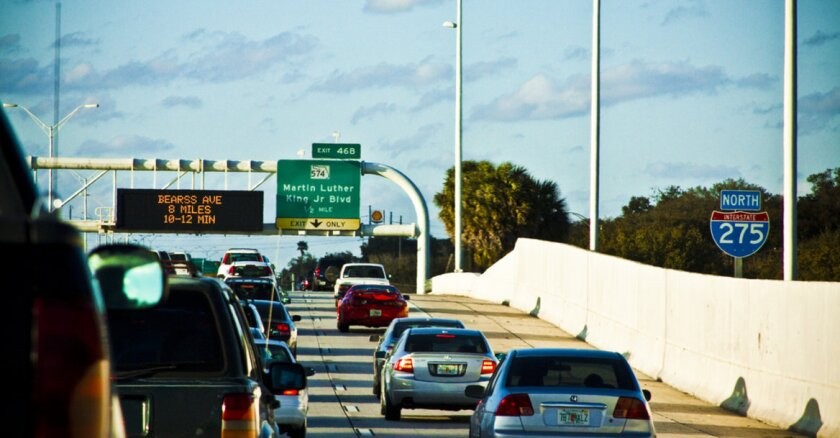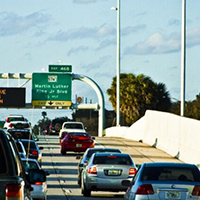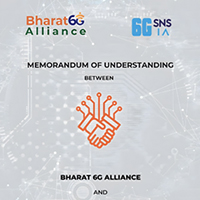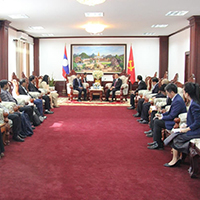Traffic congestion is a growing concern for urban planners and policy- makers worldwide. In an effort to enhance road safety and optimize traffic flow, the city of Tampa, Florida, is expanding its connected vehicle program on the Selmon Expressway. This initiative aims to leverage data-driven insights to improve driver behavior, facilitate efficient traffic management, and even incentivize responsible driving through potential toll discounts.
The Tampa Hillsborough Expressway Authority (THEA), in collabora- tion with the University of South Florida’s Center for Urban Transpor- tation Research (USF CUTR), has been awarded a $4 million grant by the U.S. Department of Energy. This funding will support the development of the Smart Eco-Driving Connectivity for Urban Roadway Efficiency platform. The goal is to use connected vehicle technology to analyze traffic patterns, reduce congestion, and enhance real-time communication between vehicles and roadway infrastructure.
This project builds upon previous THEA initiatives, which integrate vehicle data, mobile device analytics, and roadside unit inputs to gener- ate comprehensive traffic insights. The technology enables transportation agencies to monitor roadway conditions, issue timely alerts, and improve traffic response mechanisms.
The project will be implemented in three key phases:
Data Collection and Analytics: The initial phase, expected to last a year, will involve gathering detailed traffic data using INRIX, mobile devices, and roadside units. Researchers will analyze this information to pinpoint conges- tion sources, whether due to increased traffic volume or specific incidents.
Driver Communication and Alerts: Based on analytics, targeted messages will be sent to drivers to encourage behavior that promotes smoother traffic flow.
Driver Scoring and Incentives: A potential future phase may introduce driver scoring mechanisms, where responsible drivers could earn toll discounts for adhering to optimal driving behaviors.
The application of connected vehicle technology extends beyond manag- ing congestion. It can also facilitate better maintenance project planning and inform adaptive traffic signal timing. By integrating AI-driven predic- tive analytics, authorities can proactively address traffic bottlenecks and streamline road operations.
Other metropolitan areas, such as Austin, Texas, have explored mode- shift incentives, offering free public transport passes, bike-sharing member- ships, and cash-based rewards to reduce reliance on private vehicles. Such multi-modal approaches provide a blueprint for integrating diverse trans- portation options in smart cities.







